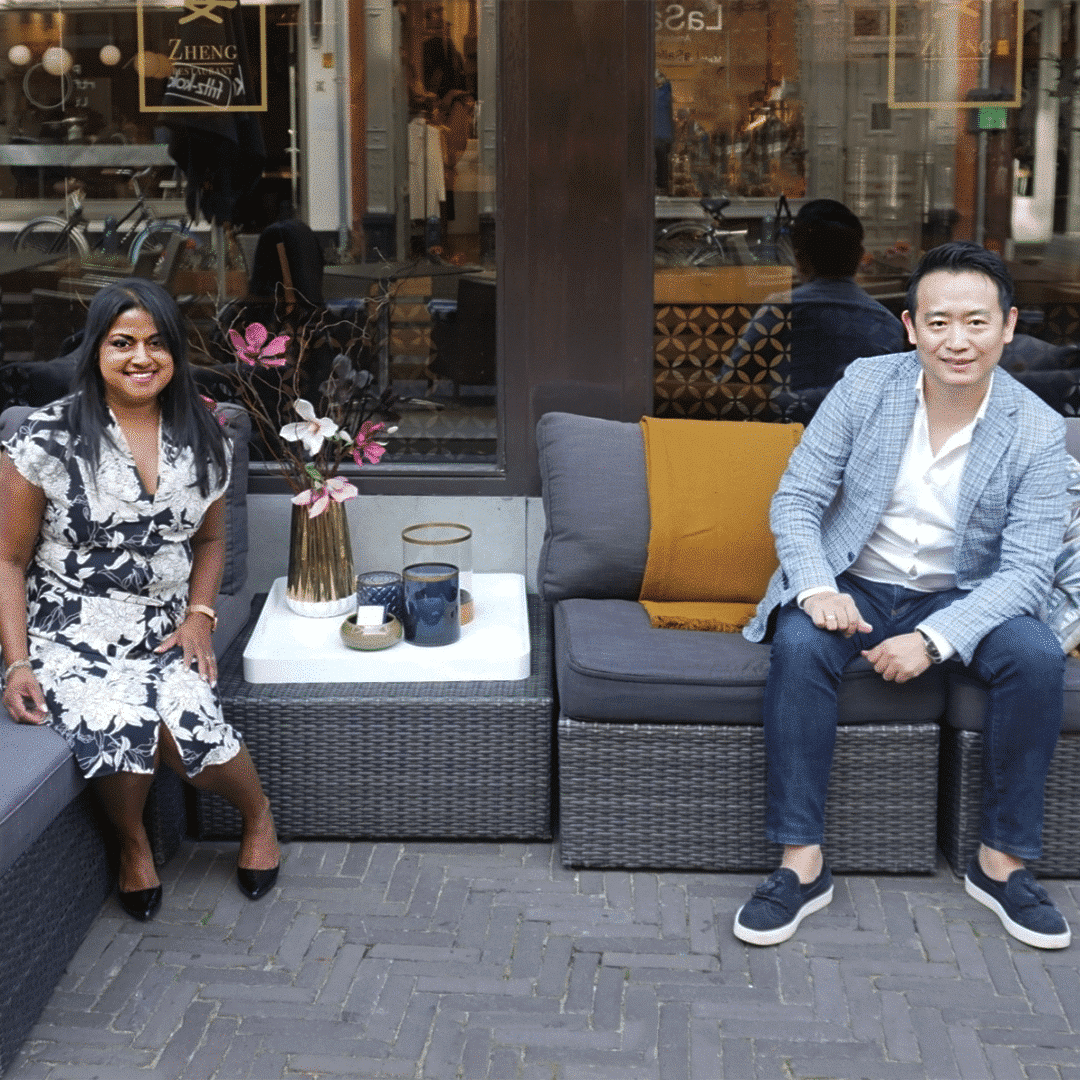
Gastblog van Priya Loves Food: Interview met Topchef Han Ji
Chef Han Ji, chef en eigenaar van onder andere restaurant Zheng op de Prinsestraat in Den Haag. Hij is één van de grootste chefs van

The Delft Blue plates, vases, and tiles are seen in every corner of souvenir shops throughout the Netherlands and in museums. A real Dutch cultural heritage you would think, right? Quit the opposite: Delft Blue finds its origin in China.
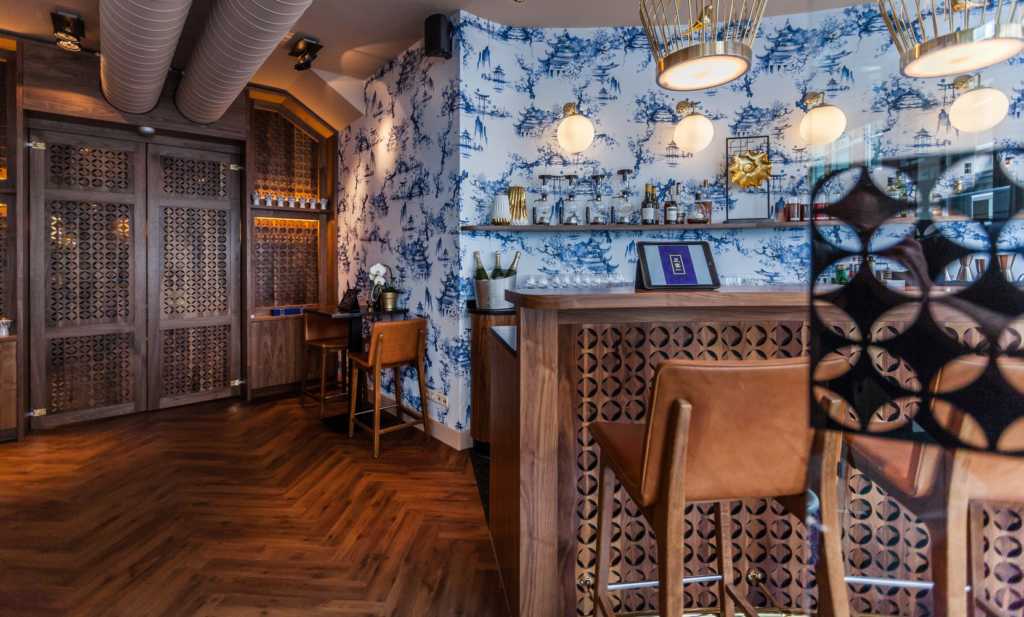
Asian pottery’s European cousin
Coming across Delft Blue in shops, many Chinese visitors feel a sense of déjà vu. Those jugs and plates are quite similar to the porcelains they know from their hometown. Their intuition is right. Delft Blue is in fact the Asian pottery’s European cousin born in the 17th century. The century the Netherlands grew as a large colonial power and established stable trading routes, which led to plenty of Chinese porcelains being introduced to the Dutch.
The European court was very much impressed by the delicate details of the ceramics and rushed to purchase for display. Since the price of the pottery was so high that only the rich could afford it, Dutch artisans sought methods to create imitations to make it accessible for all citizens. Due to the lack of ‘kaolin” – a key ingredient to the smooth and shiny finish of porcelain – craftsman fired the unglazed wares and then covered them with white enamel before the second fire, resulting into tin-glazed porcelain goods with a milky opacity. This technique was so successful that the Delftware could not be distinguished from the Chinese porcelain from a distance.
A perfect fusion of the East and West
At first, Dutch craftsmen copied typical Chinese elements such as animals, waves and florals. Symbols that all have a special meaning in the Chinese culture and for example stand for longevity, luckiness and a noble status. Along with the maturing of the Dutch workmanship, patterns on Delftware gradually transformed into the historical symbols that we see on Delft Blue products nowadays: windmills, fishing boats, hunting scenes and land- and seascapes.
The work of the craftsmen paid off: their creative designs were gaining popularity and even caught the eye of her majesty. When arriving in The Hague and marring William of Orange,
Queen Mary II of England fell in love with the porcelain – maybe even more than with her own husband. As a result, Delftwares were delivered to her in Amsterdam and London palaces, introducing the art pieces to the noble families. Her favorite piece? A towering tulip vase. This new edition to the Delft Blue family created by the Dutch, proved our craftsmen had created their own style. A perfect example of the fusion between East and West.

Chef Han Ji, chef en eigenaar van onder andere restaurant Zheng op de Prinsestraat in Den Haag. Hij is één van de grootste chefs van
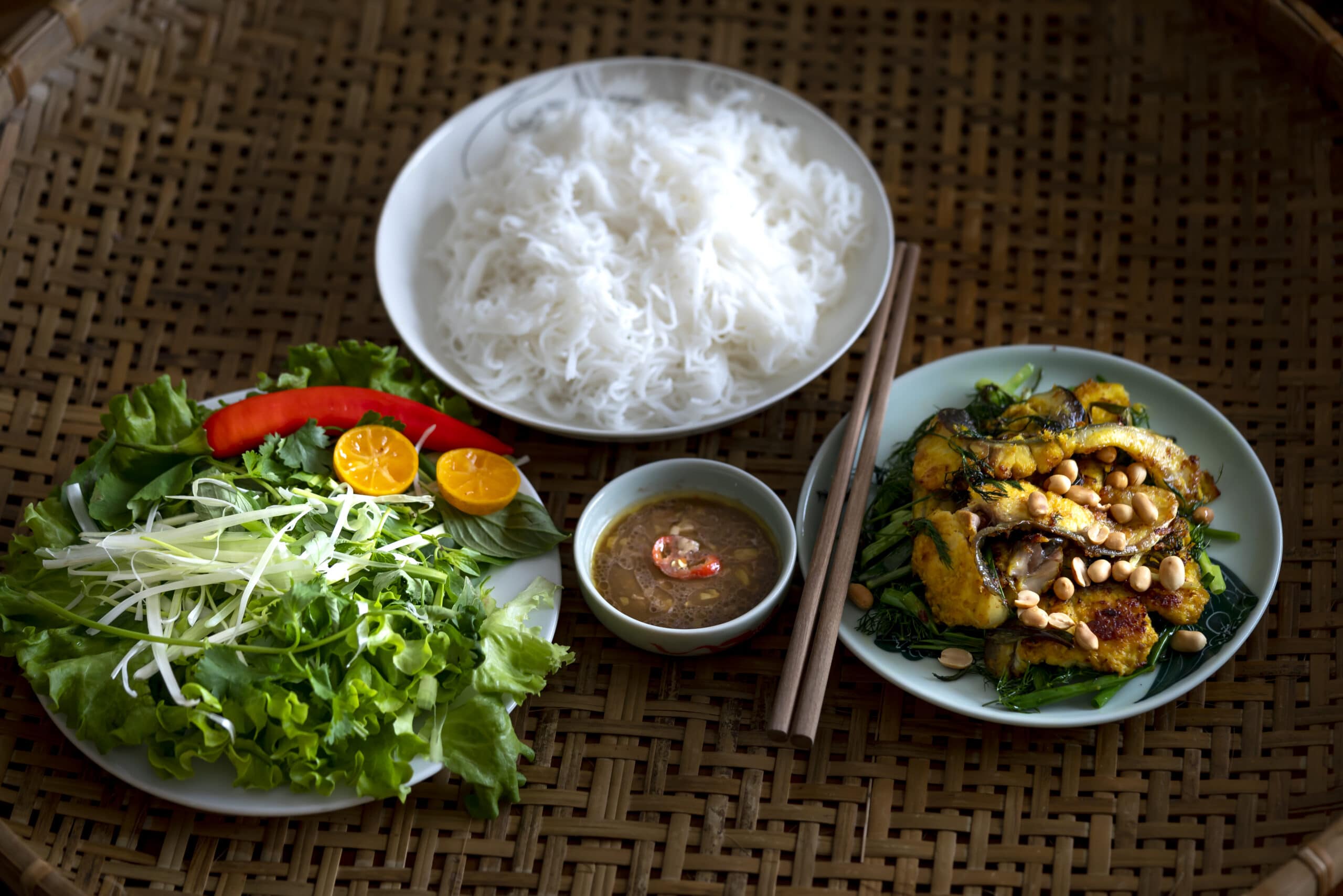
Chopsticks, a symbol of the Chinese culture, originate from the 11 century B.C. They’re the simplest of all eating tools, but might be the most
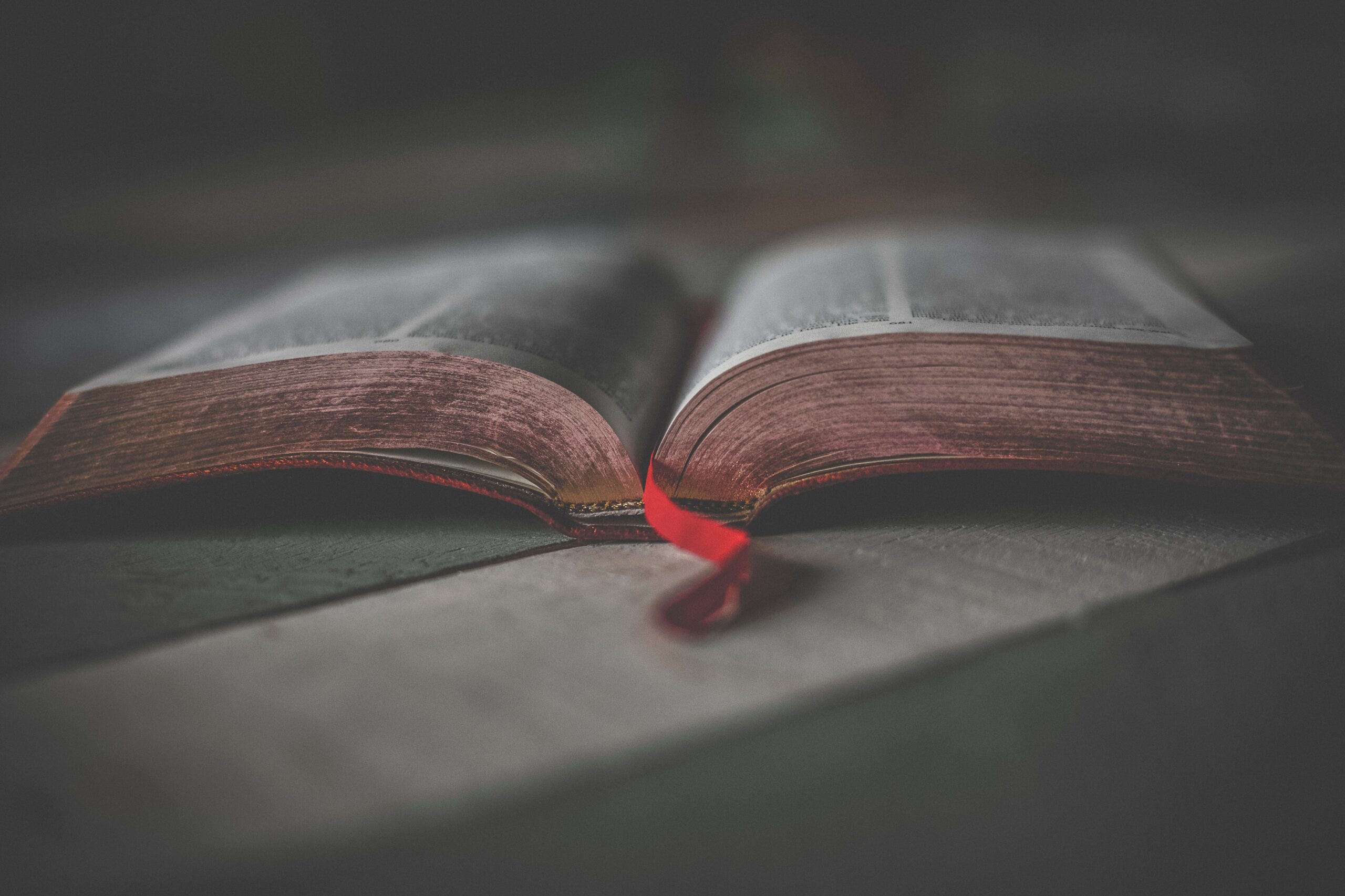
A bite of Chinese history. Amongst ‘The Romance of the Three Kingdoms’, ‘Journey to the West’, and ‘Outlaws of the Marsh’, the novel ‘Red Chamber’
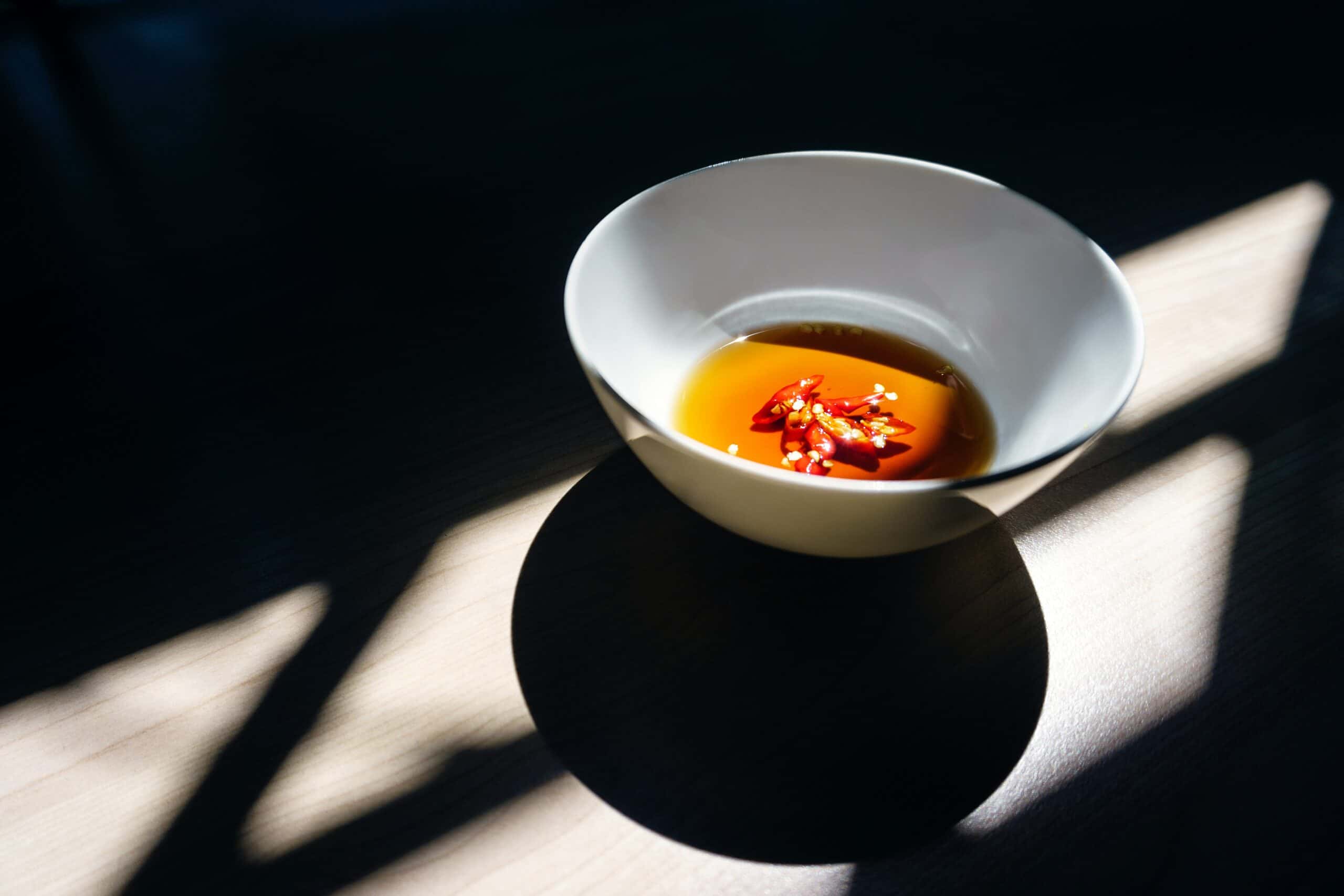
Suzao Chili Sauce Are you crazy about Chinese food and cooking? Then you need to know famous video food vlogger, Li Ziqi. She started blogging
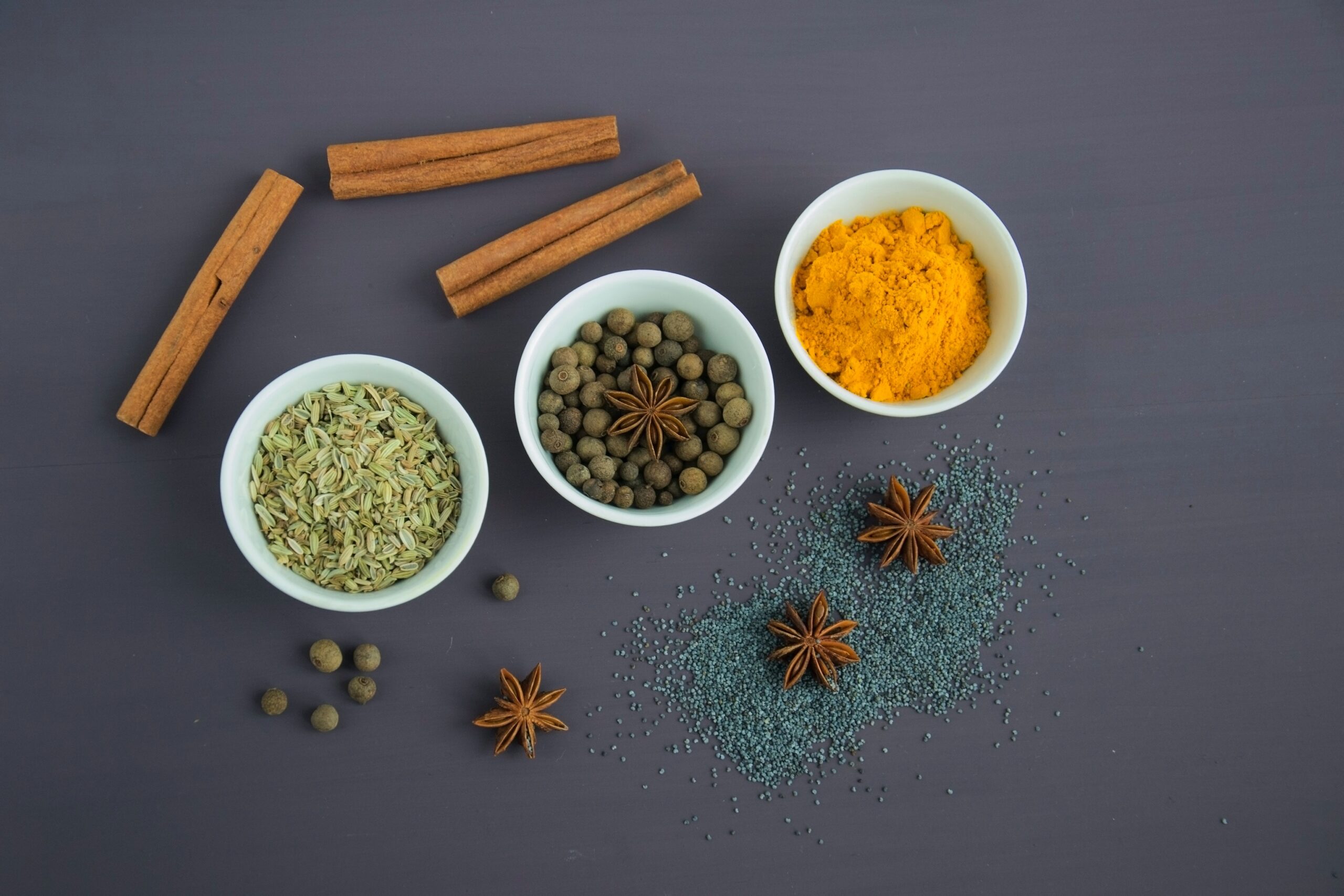
The theory of traditional Chinese medicine is a result of the life practice of Chinese people of various ethnic groups for thousands of years. It
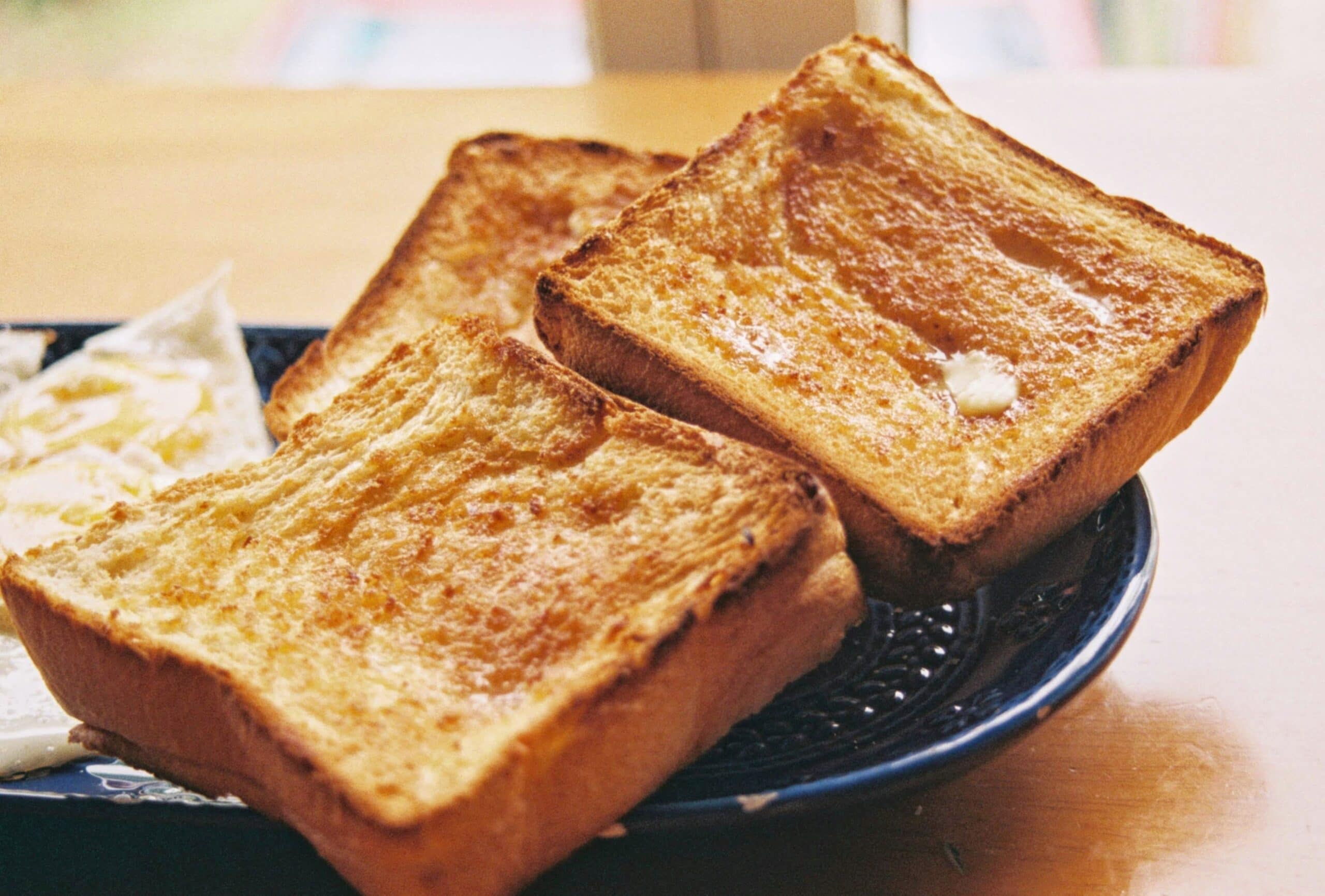
Ingredients for 1-2 persons 5 slices of toast. 20 grams of black sugar. 15 grams of butter. 3 pieces of dried fruit or nuts. How
Hanting Delivery
HanTing Delivery is het thuisbezorg platform van verschillende food concepten uit de restaurants van chef Han Ji. Daarnaast biedt de Food Store een breed assortiment aan bijzondere Oosterse theesoorten, ingrediënten en producten. Het platform maakt gebruikt van een puntensysteem: bestel bij een van de food concepten en spaar voor korting in de Food Stores en Gift Shop.
Contactgegevens
Klik hier om de contactgegevens van onze vestigingen te bekijken.
Nieuwsbrief